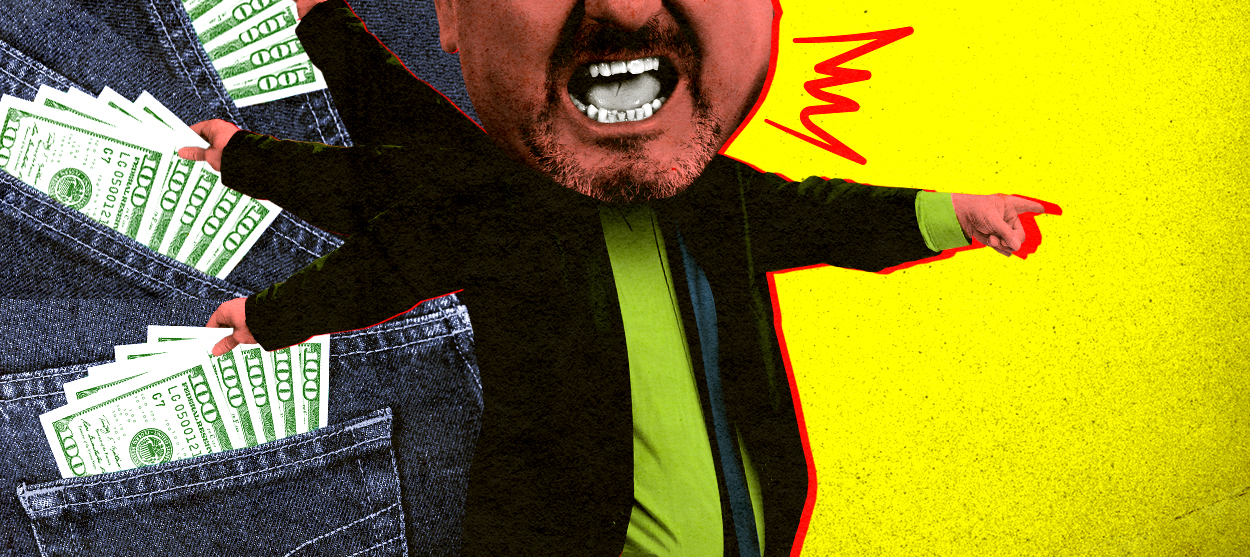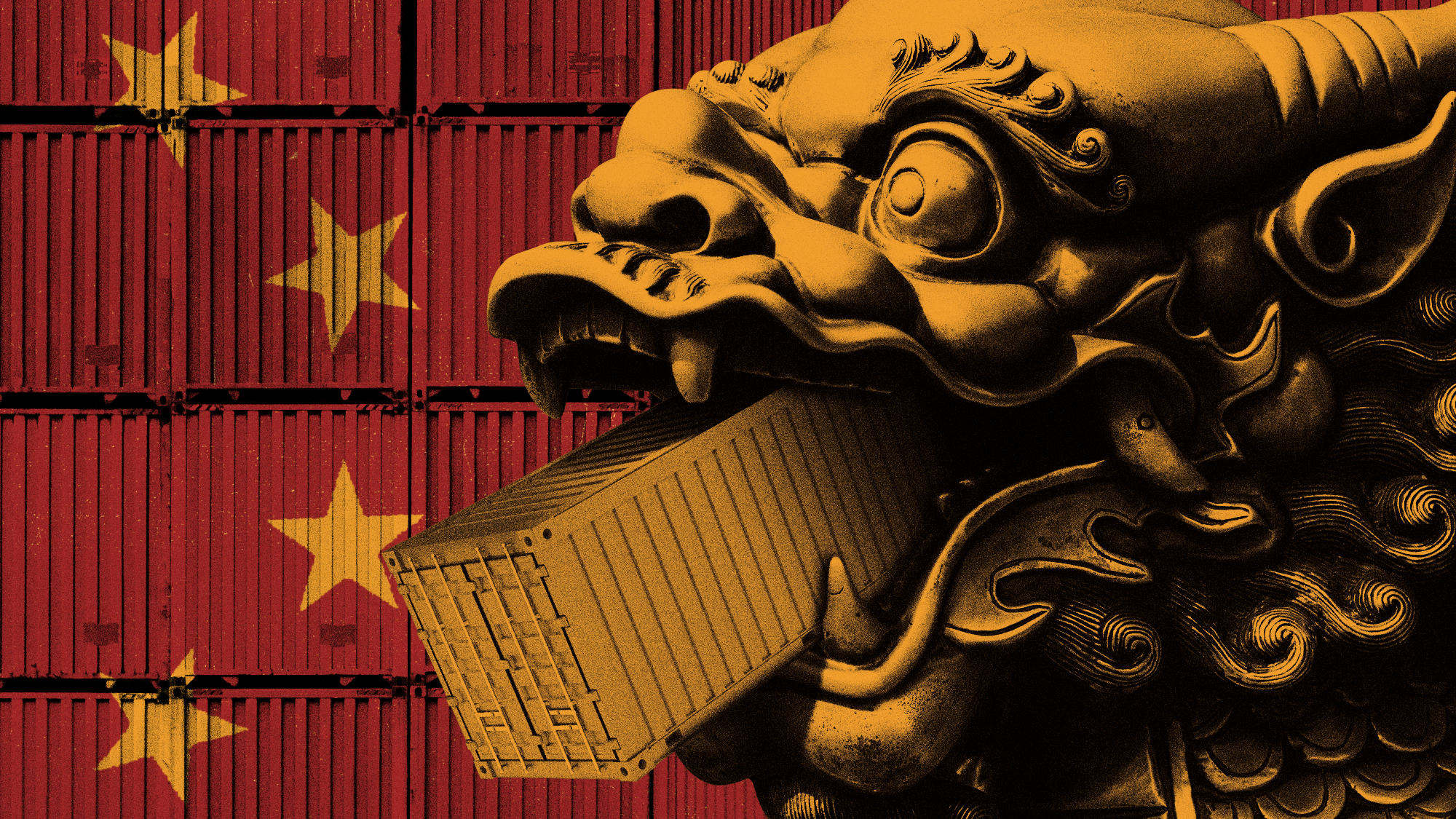The long history of professional reactionary hucksters
Steve Bannon's wall scheme is part of a centuries-old tradition


"When a society renounces politics," the historian Hugh Trevor-Roper wrote, "it can find other ways of expressing its identity." Despite the infinite variety of the human imagination, these ways are remarkably few. When a political or social cause — the Stuart claim to the crowns of England and Scotland, the Confederate States of America, the use of Cranmerian English in public worship — is effectively defeated, it lives on as the Order of the White Rose or the Daughters of the Confederacy or the Prayer Book Society. Such nostalgism (to whose charms I am not entirely immune) is wholly lacking in vitality and initiative. Meaningful political action is rejected by supporters of these and other lost causes as a base compromise. They have the political force of flies buzzing endlessly around organic material that is both dead and fast decaying.
To the reactionary mind, however, mere antiquarianism is intolerable. It reeks of acquiescence, of inaction. Worse still, it is entirely unconnected with power, which it in fact willingly renounces. The reactionary is thus forced to enlist the aid of those who, if they are not his allies, at least hold mutual enemies in common. In this desperate quest for succor — and, who knows, perhaps even the intoxicating hint of real power — he has always found a willing partner in the novel configurations of capital.
This is why the recent arrest of Steve Bannon, the former adviser to the president, on charges of conspiracy to engage in fraud, should come as no surprise. Bannon has promised his followers the destruction of the existing social order — not only our immigration system but welfare and the so-called "administrative state" as they have existed within the memories of every living American. He offers dark but unmistakable hints about the weakness of democracy, the superiority of authoritarian government; he mentions his reading of racialists and mystics — Charles Maurras and René Guénon, Julius Evola and Alexander Dugin — and of Sun Tzu and the Bhagavad Gita. He presents himself as the servant of strange and hideous forces, a true believer, perhaps even a mystic.
The Week
Escape your echo chamber. Get the facts behind the news, plus analysis from multiple perspectives.

Sign up for The Week's Free Newsletters
From our morning news briefing to a weekly Good News Newsletter, get the best of The Week delivered directly to your inbox.
From our morning news briefing to a weekly Good News Newsletter, get the best of The Week delivered directly to your inbox.
These promises of atavistic violence, of a final confrontation which brings about the restoration of some mythic American or European or (goodness knows) "Aryan" past, should be very remote from the concerns of ordinary citizens. For down the arched hall of carved jade, behind the smoke-wreathed green face, with its booming voice, there is the portly charlatan working the controls, half-ashamed of his fraud. Bannon's real business is not counter-revolution but the harvesting of data from social media companies, the hoarding of virtual currency used by ogres in a video game, and most recently, it would appear, fleecing millions of dollars from right-wing rubes who dream of building, and even visiting, President Trump's fabled border wall.
What Bannon has been accused of in and of itself is less interesting than what it tells us about the actual political horizons of reactionary politics in this country, which do not extend meaningfully beyond the consensus of the very global financial elite whom Bannon and his allies insist are their mortal enemies.
This not-so-strange alliance between the tradition-dissolving power of financialization and the romantic prophets of counter-revolution, is of long standing. Its history is occasionally even amusing. Much of the so-called "Highland" revival in 19th-century Scotland was the work of two brothers, forgers who claimed to have translated a Latin document detailing the history of "clan tartans" that extended back into the misty days of warring Pictish chieftains in the third century A.D. That the book in question did not exist; that the brothers were not themselves descendants of the exiled Stuarts, as they claimed; that the original inhabitants of the Scottish Highlands were simply Irish immigrants with no native dress or other traditions of their own before the British Act of Union in 1707; that the kilt itself was the invention of an English Quaker industrialist in the preceding century — all of this mattered little. There were profits to be made from credulity.
In the mostly harmless story of the Allen brothers we see two elements at work again and again in the shotgun marriage of reaction and greed we have outlined. The first is that the "traditions" which are supposedly being revived are either of somewhat more recent date or else wholly literary creations, like the mythic past to which they are alleged to have belonged. Consider a more direct ancestor of Bannon's movement, the pathetic history of the second Ku Klux Klan, founded in 1915. Just as the Highland Revival issued forth from the fertile imaginations of the two "Stuart" merchants (and those of James Macpherson and Sir Walter Scott before them), the ghostly costumes and cross burnings supposedly revived by the second Klan were the wholesale inventions of Thomas Dixon and D.W. Griffith, having no antecedent in the decidedly unromantic vigilantism of that terrorist organization during Reconstruction. The latter had in fact been purloined by the author of The Clansman and the director of The Birth of a Nation from — of all things — an incident in Scott's own Lady of the Lake.
A free daily email with the biggest news stories of the day – and the best features from TheWeek.com
The second component is the sordid financial motive. Unlike the first Reconstruction-era Klan and its post-World War II successor, the second Klan was briefly but unfortunately popular, achieving at its height some five million members, including something like 30 percent of the eligible adult male population in the state of Indiana. Its rhetoric was a combination of anti-Catholic and anti-Semitic nativism, support for Prohibition, and lurid suggestions about the threat to the chastity of (white) womanhood that would have been largely inexplicable to members of the first Klan. But the Union was not on the verge of being overthrown by the sons and grandsons of the Northern men who had fought for her. The second Klan was not the revival of something ancient and evil, but an entirely new menace: the multi-level marketing scam.
Membership in the second Klan was never stable. No sooner had the costumes been purchased and the initiation ceremonies taken place than the new Klansmen realized that they had been duped by the progenitors of Amway, whose field organizers and well-remunerated publicists were committed to nothing save the pocketing of the former's dues. By the time D. C. Stephenson, the Grand Dragon of Indiana, revealed his state's entire membership to newspapers after being convicted of raping and murdering a young woman, the decline of the second Klan was inexorable. By 1930 it had all but vanished.
While the name of the Klan would be revived again on these shores, the paramilitary organization that troubled the American South during the Civil Rights movements bore little resemblance to the pyramid scheme that had gained its largest foothold in the industrial Midwest. For a true successor to that absurd racket, the forces of reaction would have to wait.
Matthew Walther is a national correspondent at The Week. His work has also appeared in First Things, The Spectator of London, The Catholic Herald, National Review, and other publications. He is currently writing a biography of the Rev. Montague Summers. He is also a Robert Novak Journalism Fellow.
-
 How will China’s $1 trillion trade surplus change the world economy?
How will China’s $1 trillion trade surplus change the world economy?Today’s Big Question Europe may impose its own tariffs
-
 ‘Autarky and nostalgia aren’t cure-alls’
‘Autarky and nostalgia aren’t cure-alls’Instant Opinion Opinion, comment and editorials of the day
-
 Japan’s Princess Aiko is a national star. Her fans want even more.
Japan’s Princess Aiko is a national star. Her fans want even more.IN THE SPOTLIGHT Fresh off her first solo state visit to Laos, Princess Aiko has become the face of a Japanese royal family facing 21st-century obsolescence
-
 Has Zohran Mamdani shown the Democrats how to win again?
Has Zohran Mamdani shown the Democrats how to win again?Today’s Big Question New York City mayoral election touted as victory for left-wing populists but moderate centrist wins elsewhere present more complex path for Democratic Party
-
 Millions turn out for anti-Trump ‘No Kings’ rallies
Millions turn out for anti-Trump ‘No Kings’ ralliesSpeed Read An estimated 7 million people participated, 2 million more than at the first ‘No Kings’ protest in June
-
 Ghislaine Maxwell: angling for a Trump pardon
Ghislaine Maxwell: angling for a Trump pardonTalking Point Convicted sex trafficker's testimony could shed new light on president's links to Jeffrey Epstein
-
 The last words and final moments of 40 presidents
The last words and final moments of 40 presidentsThe Explainer Some are eloquent quotes worthy of the holders of the highest office in the nation, and others... aren't
-
 The JFK files: the truth at last?
The JFK files: the truth at last?In The Spotlight More than 64,000 previously classified documents relating the 1963 assassination of John F. Kennedy have been released by the Trump administration
-
 'Seriously, not literally': how should the world take Donald Trump?
'Seriously, not literally': how should the world take Donald Trump?Today's big question White House rhetoric and reality look likely to become increasingly blurred
-
 Will Trump's 'madman' strategy pay off?
Will Trump's 'madman' strategy pay off?Today's Big Question Incoming US president likes to seem unpredictable but, this time round, world leaders could be wise to his playbook
-
 Democrats vs. Republicans: who are US billionaires backing?
Democrats vs. Republicans: who are US billionaires backing?The Explainer Younger tech titans join 'boys' club throwing money and support' behind President Trump, while older plutocrats quietly rebuke new administration
